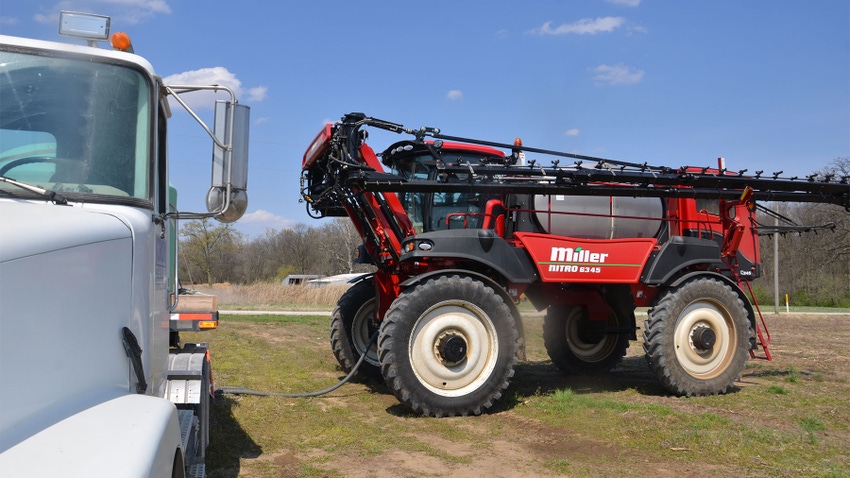January 22, 2024

Evaluating a farm’s ability to repay the current portion of term debt payments and replace assets is important. The capital debt repayment margin and the replacement margin are commonly used to gauge a farm’s repayment capacity. The computation and interpretation of these two ratios is the focus of this article.
The capital debt repayment margin and the replacement margin are computed in a stepwise fashion. The capital debt repayment margin focuses on a farm’s ability to generate enough funds to repay the current portion of principal and interest on term debt. To compute the capital debt repayment margin, subtract family living expenses, income and self-employment taxes, the current portion of principal and interest on term or noncurrent debt, and the unpaid portion of prior-period operating debt from the sum of accrual net farm income, off-farm income and depreciation.
Though there may be occasional years in which a farm cannot cover the uses of funds noted above, successful farms cover these uses most, if not all, years. A viable farm must cover these uses in the long run.
Replacement margin
Compute replacement margin by subtracting cash used for capital replacement from the capital debt repayment margin. Typically, people compute the cash used for capital replacement using depreciation plus another 10% to 20% of depreciation. This amount enables a farm to replace machinery and buildings and expand in the long run.
For most farms, the replacement margin is not going to be positive every year. For example, for quite a few farms, this measure was relatively low or even negative between 2014 and 2019.
However, it is imperative that the replacement margin is positive in the long run. Specifically, the 10-year average replacement margin for a farm should be positive. If not, the farm is probably not going to sustain its current asset base, let alone expand.
Farm data
Using data from the Center for Farm Financial Management at the University of Minnesota, approximately 10% of farms included in its Finbin program in 2022 had a negative capital debt repayment margin. Approximately 20% of the farms had a negative replacement margin.
Data for 2023 is not yet available, but experts expect these percentages will increase sharply in 2023 and 2024. Farms with negative repayment capacity measures need to be extremely cautious with their use of cash, particularly for purchases of machinery, buildings and land.
Repayment capacity measures enable borrowers and lenders to evaluate the ability of a farm to generate enough funds to repay the current portion of principal and interest payments, and to replace assets. In the long run, the capital debt repayment margin and replacement margin need to be positive. More information pertaining to financial management can be found on the website for the Purdue Center for Commercial Agriculture.
About the Author(s)
You May Also Like






